Seductive and immediately recognisable, the Al Janoub Stadium in Al Wakrah is perhaps the most striking of all the tournament arenas. Conceived while Zaha Hadid was still alive, and credited to Hadid and Patrik Schumacher, it is a striking reminder of her lasting impact on architecture and design. It has a capacity of 40,000, which will be reduced to 20,000 once it enters its ”legacy mode” after the World Cup.
The stadium is located in the coastal city of Al Wakrah, which led the client to request a design that responded to the seafaring culture of the immediate context. Zaha Hadid Architects (ZHA) have taken inspiration from the hull of the traditional dhow, a type of boat symbolic of Arabic mercantile and cultural influence across the Middle East and east Africa.
Acording to the practice, ”the stadium’s roof design is an abstraction of the hulls of dhows turned upside-down and huddled together to provide shade and shelter. This is expressed in the stadium’s envelope geometry, details and selected materiality, including the roof’s beam structure that echoes the interior structure of a dhow’s hull.”
There is a 378-tonne fully retractable roof and, as with the other stadiums, underseat vents provide cooling, allowing the venue to be used throughout the year.
Like Fosters, ZHA are not known for their stadium work, and detailed design and implementation has been largely overseen by Aecom. However, Al Janoub follows the prevailing pattern of contemporary stadium design in approaching the building as a standalone object in space - a potent symbol and aspirational “icon” for the World Cup and Qatar.



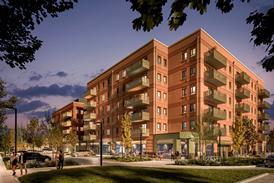
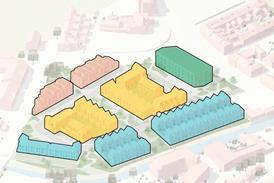




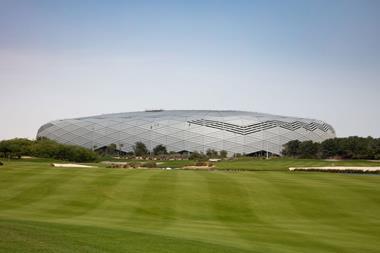
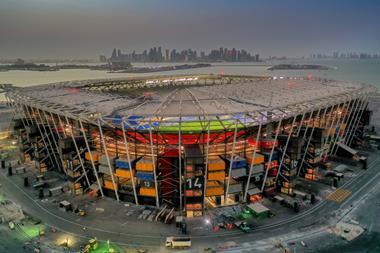
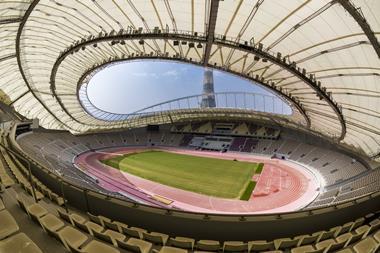

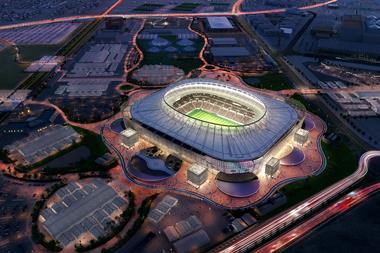

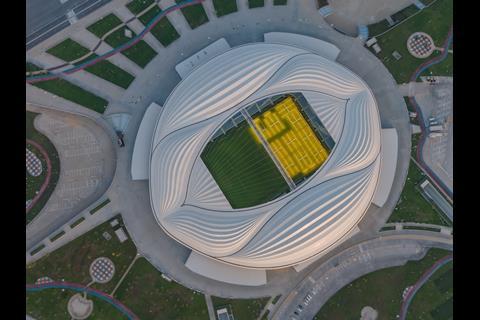
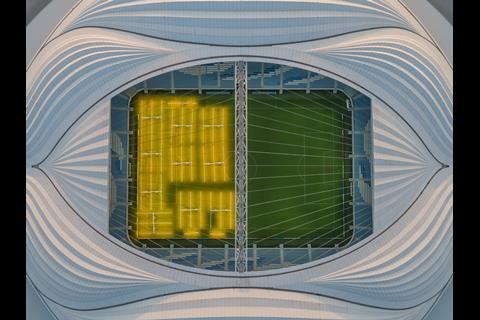
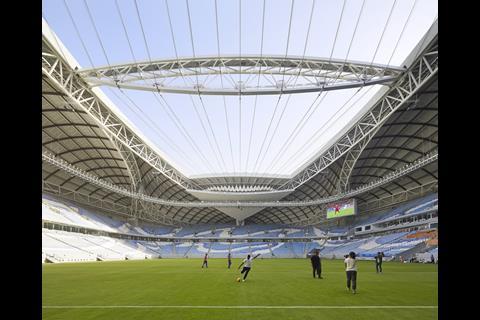
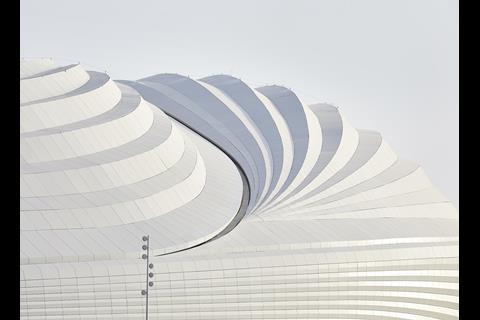
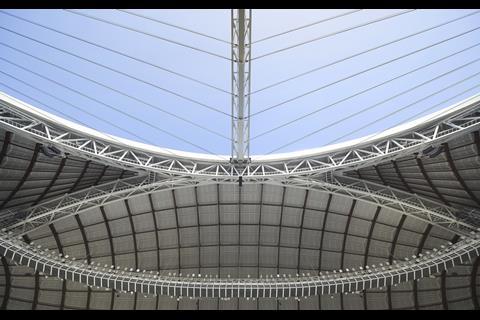

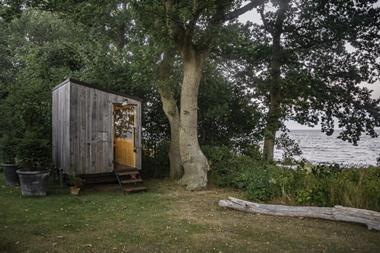
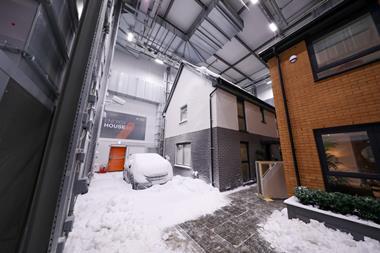
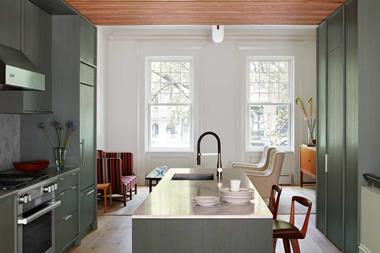
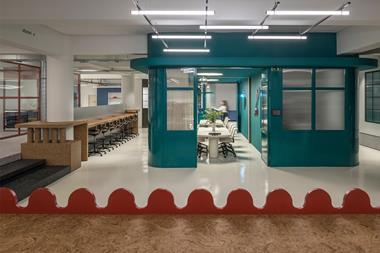
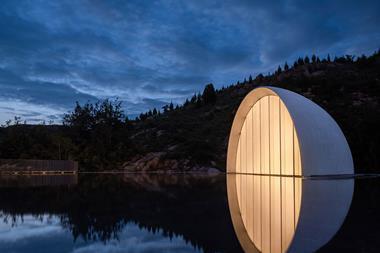
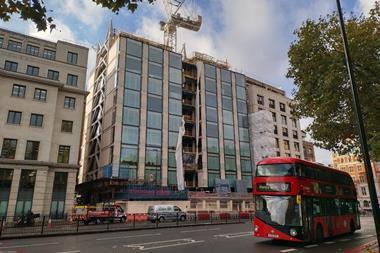






No comments yet